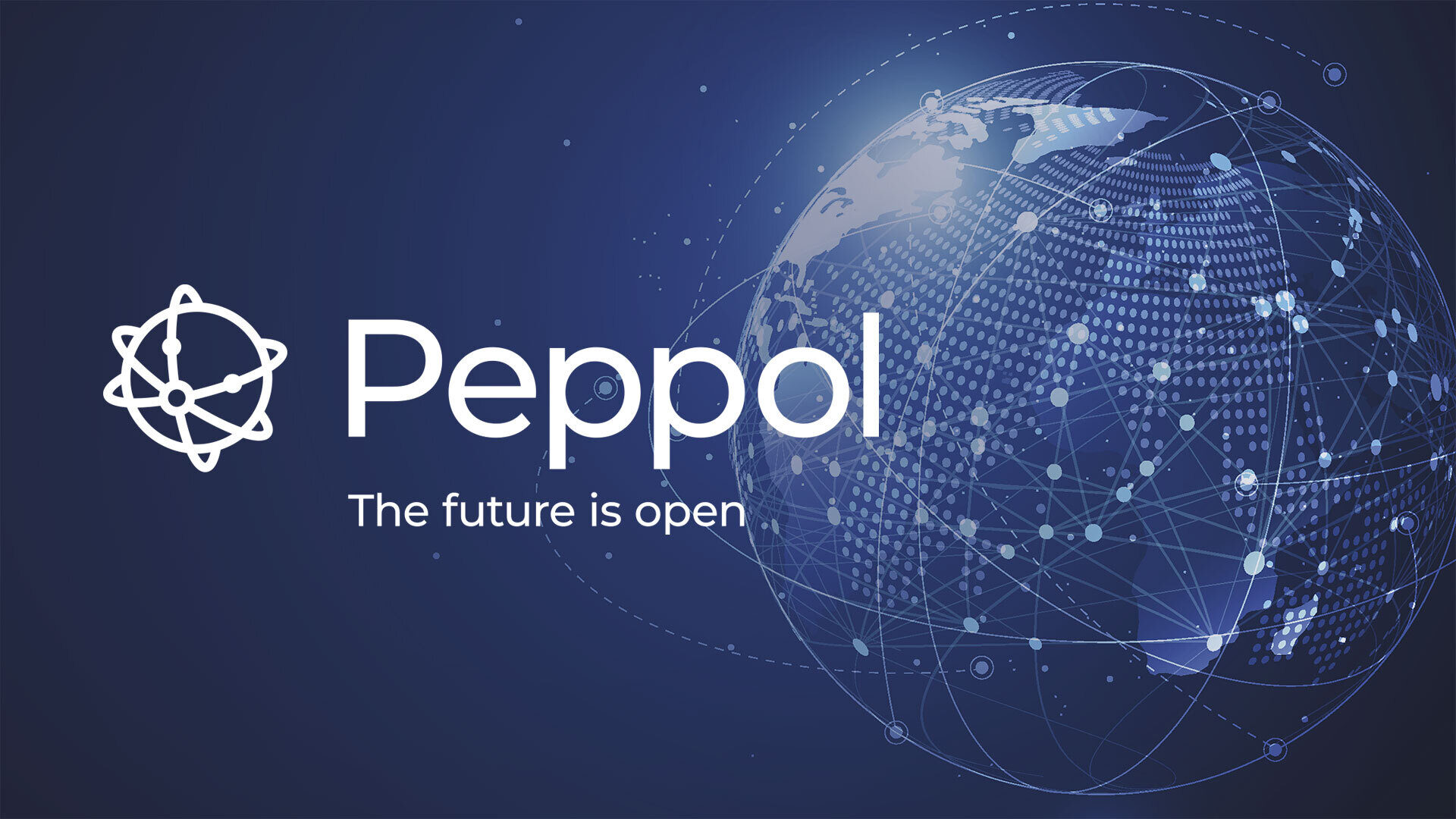7 common misconceptions of Peppol - and what's actually true

As Peppol becomes the go-to standard for e-invoicing across Europe (and beyond), it brings a lot of moving parts along with plenty of room for misunderstanding. Between national requirements, document types, identifiers, and how Access Points work, it’s safe to say things easily get mixed up.
So let’s set a few records straight.
Here are seven of the most common misconceptions we hear about Peppol, explained in plain terms to help you avoid confusion and build with confidence.
Misconception 1: Peppol Access Points can add any country for Peppol activation and sending/receiving with minimum to no additional effort
While Peppol provides a unified infrastructure, each country can have its own onboarding, legal, and regulatory requirements.
A Peppol Access Point doesn’t automatically give you the ability to send and receive documents in every country. Some countries (like Germany or France) may require local registration, specific identifiers, or compliance with national e-invoicing mandates on top of Peppol.
✅ Reality: Expanding to a new country via Peppol often requires additional setup, documentation, and even country-specific implementation support. This is to be considered when choosing a Peppol Access Point provider - read more on how to choose the right Access Point for your business.
Misconception 2: If I have a recipient’s e-invoicing address, I can send them a Peppol invoice.
Only if they’re registered and ready to receive via Peppol.
Having an e-invoice address isn’t enough. For a Peppol document to be delivered, the recipient needs to be registered in the Peppol network with an active receiving capability for the document type you're sending (e.g., invoice, credit note, order).
✅ Reality: Just because you have an address doesn’t mean the recipient is Peppol-active or ready for that specific transaction.
Misconception 3: A multinational company can just use one identifier for all of its subsidiaries.
Each legal entity must have its own unique identifier in Peppol. This is often based on national business IDs (like a VAT number or national registry ID). You can’t use one ID to cover multiple subsidiaries in different countries or legal jurisdictions.
✅ Reality: Every legal entity must be registered individually in Peppol, even if they’re part of the same parent group. And that’s a good thing as it ensures that documents are routed accurately, recipients are correctly identified, and legal and tax responsibilities are clearly tied to the right entity.
Misconception 4: If a customer isn’t in the Peppol Directory, they’re not receiving Peppol invoices.
Remember phone books? Just because someone’s number wasn’t listed didn’t mean they didn’t have a phone. Same goes for Peppol: just because a company isn’t in the Peppol Directory doesn’t mean they’re not able to receive e-invoices.
The Peppol Directory is useful for finding registered participants, but it’s not 100% comprehensive. Some organisations choose not to be listed publicly, but they can still receive Peppol documents if properly registered with their Access Point. Some Peppol SMP providers do not have a Peppol Directory integration or there can sometimes be delays in the data transfer between SMP and Peppol Directory.
✅ Reality: Absence from the directory doesn’t always mean absence from the network. Always verify through technical lookup or by checking with your Access Point.
Misconception 5: If a customer is listed in the Peppol Directory, they’re receiving invoices.
Also not guaranteed.
Being listed in the directory doesn’t confirm that the recipient is ready to receive every type of Peppol document - or even that they’re actively processing anything.
Some entries might be outdated, limited in scope, or simply not activated on the receiving side. Also, receiving capabilities depend on the document type and profile.
✅ Reality: Always validate that the customer is able to receive the specific document type you're sending.
Misconception 6: A customer must activate Peppol before they can send invoices through the network.
Peppol is a two-way network - but sending and receiving are independent.
A company can send documents through Peppol without being registered to receive them. In fact, many ERP systems start by enabling outbound Peppol invoices only, which reduces friction and shortens onboarding time.
✅ Reality: You don’t need to be Peppol-activated to send, only to receive. This makes phased adoption easier and more flexible.
Misconception 7: A Peppol transaction was sent from the Access Point that’s registered to receive the same type of documents for the sender.
✅ Reality: Not quite. Sending and receiving in Peppol are completely separate capabilities.
Only receiving requires formal registration in Peppol. There is no registration to send, which means a company can send Peppol documents through multiple Access Points if they wish, even for the same document type.
That’s it! You’ve now taken a deep dive into the nitty-gritty of Peppol. If you want to learn more about Peppol in general, our comprehensive guide might be the next read you're looking for.
At Maventa we're not just your Peppol gateway but your comprehensive partner in all e-invoicing and electronic document exchange requirements. With over a decade of experience with Peppol, we've played an active role in shaping the network by participating in various development work groups as well as management boards.
As your trusted partner, we'll ensure compliance with the evolving regulatory landscape as well as handle the infrastructure development - freeing you to focus on growing your core business.
Ready to add Peppol-ready invoicing to your offering? Let's chat!


.jpg)

